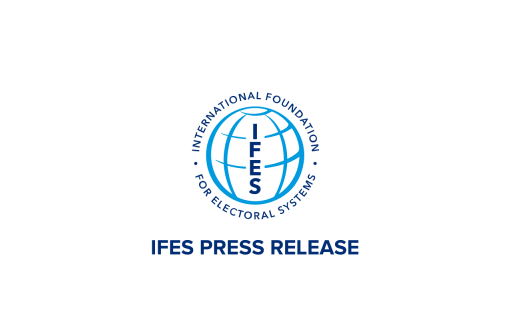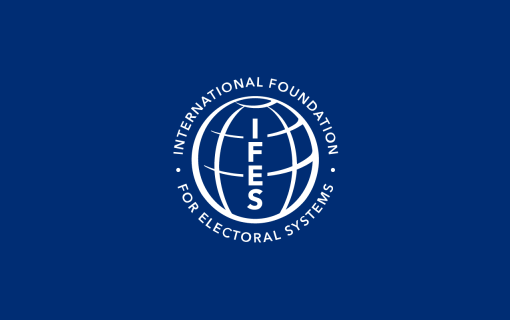Direct Democracy: Progress and Pitfalls of Election Technology
As democracies around the world increasingly use technology in their electoral processes, the International Foundation for Electoral Systems has released a publication, Direct Democracy: Progress and Pitfalls of Election Technology, that sheds light into the benefits and limitations of technology in elections. The book, which is being released on September 30, is composed of case studies from around the world that show the experience countries have had with electoral technology so far.
In this excerpt, Mike Yard, a renowned elections expert and the editor of the publications, gives a brief overview of the issues to consider when adopting technology in elections.
Preface
Before beginning a discussion of the practical implications of election technology it is worth taking some time to acknowledge that this is not a new topic for discussion but one that has been carried on for centuries. Of course the specific technologies being considered will change with time but underlying principles of the discussion will transcend the debate over which biometric system is better or which digital voter registration kit is the most cost-effective. The over-riding theme that should provide a foundation for any analysis of technology used in elections (or in any other field) is a discussion of basic principles, i.e. what is the essence of the electoral process and how will the tools that we choose enhance or detract from this essence?
There is growing consensus among election practitioners on a number of basic principles that should guide every electoral process. Although the list varies from one document to another, most agree, at a minimum, that all electoral processes should be accessible, secure, accountable, auditable, transparent, and sustainable.
In evaluating what technology to use in elections, these principles are especially important; otherwise, we may gain efficiency while sacrificing the fundamentals of a good election.
The marketing of technology has been so effective that there is a tendency in the early 21st century to equate technology with progress. For many, higher tech is synonymous with “better.” On the other hand, resistance to change can lead to objections that any new technology is “worse” than the existing way of doing things. We are better equipped to evaluate the pros and cons of election technologies if we resist both of these tendencies. A new way of doing things should not be judged either as good or bad simply because it is new, but should instead be evaluated upon the basis of whether it helps to make elections more or less democratic given the resources, risks, and alternative solutions available...
Efficiency or Transparency – A Crucial Choice for Elections
Technology is well suited to solving problems of efficiency, and election management has no shortage of such problems. Without doubt, many election management processes have been significantly improved through the application of technology. Large-scale data entry, management of voter registration data, production of ballots, and logistical planning are examples of problems where application of technology has made major advances.
Technology can also solve problems of transparency. It is crucial when selecting appropriate technology to recognize that there are some electoral processes which demand that transparency have greater emphasis than efficiency. The application of appropriate technology for elections requires careful deliberation to determine when this is the case, followed by even more careful deliberation to decide whether there are tools that can help to promote transparency.
The implications of this philosophical distinction may have a major, far-reaching, and long-lasting impact upon the practice of democracy. One approach to technology focuses on centralized control, dependency upon a technological elite, and application of manufacturing principles of uniformity. In many domains, it is desirable to create “black box” components that focus on inputs and outputs and require no knowledge of the inner logic; such components lead to more efficient development and deployment. In conducting voting, counting, and tabulation, however, the “black box” approach is essentially undemocratic, taking power away from the many (election officials, party agents, observers, media), and putting into the hands of the few.









